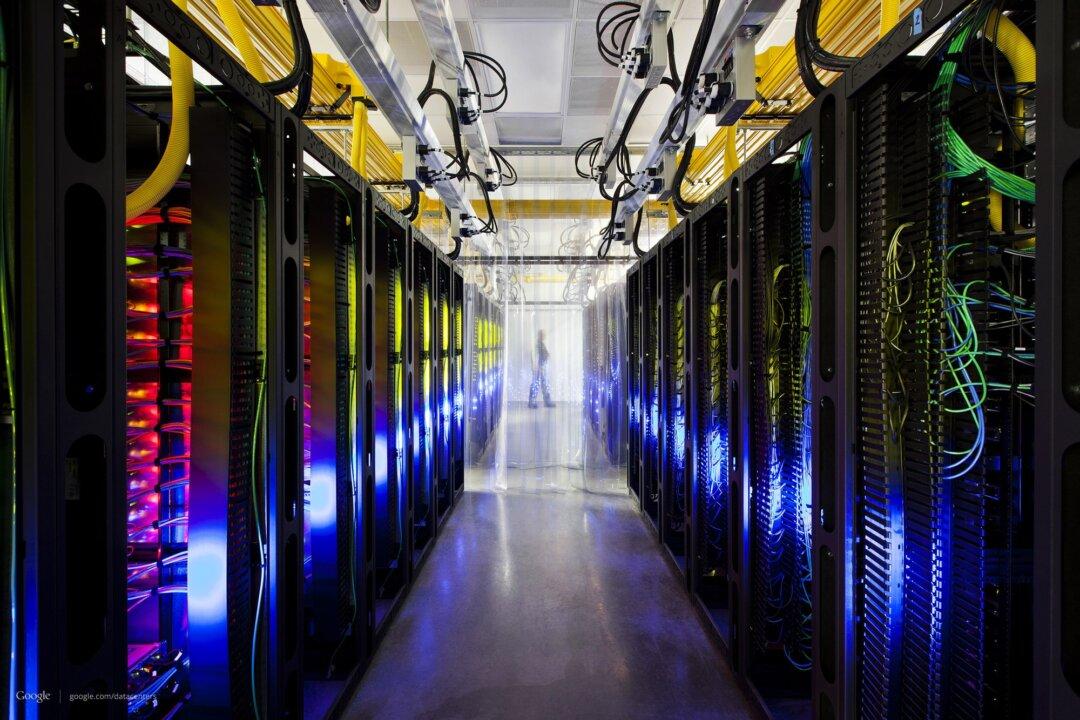Digital transformation investment levels will reach $6.3 trillion between 2022-2024, according to the global research firm International Data Company (IDC).
“For the first time ever, we see that the majority of enterprise organizations [at 53 percent] have an enterprise-wide digital transformation strategy, a 42 percent increase from just two years ago,” stated Shawn Fitzgerald, IDC’s research director for Worldwide Digital Transformation Strategies.





